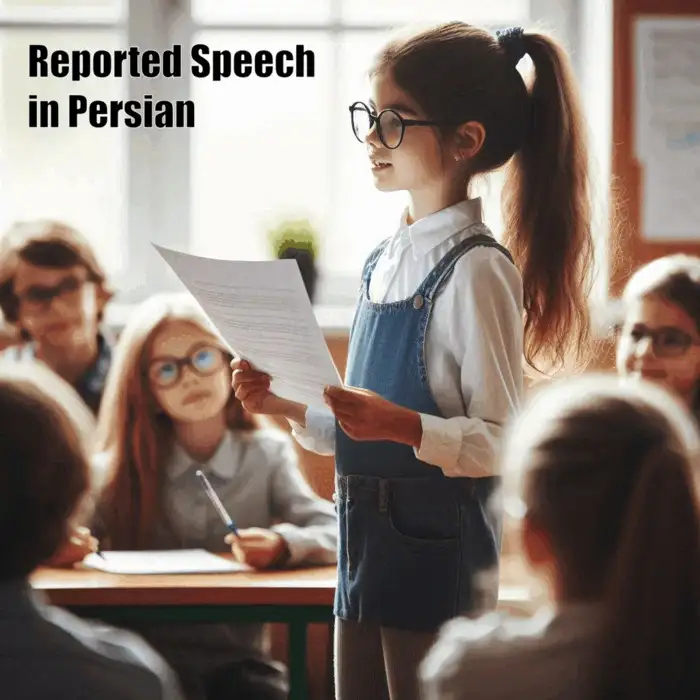Present and Past Participles in English Grammar Present and Past Participles in English Grammar Present participles https://www.youtube.com/watch?v=3EyZjystaRU&t=33s Both present and past participles are also called verbal adjectives because, on the one hand, they are used to describe a noun; and on the other hand, they look like a verb. Present participles are in fact adjectives that are formed by adding -ing to the end of the verb. The following are present participles: interesting, amusing, confusing, amazing, boring, exciting, shocking, intriguing, humiliating, surprising, etc. Note that present participles have an active role compared to past participles. Pay attention to the following ...
Home » English Grammar Lessons with Videos » Present and Past Participles in English Grammar

Present and Past Participles in English Grammar
Updated: by Dr. Mohammad Hossein Hariri Asl
Time to Read: 3 minutes | 396 Views | 15 Comments on Present and Past Participles in English Grammar
Share This Post
About the Author
Dr. Mohammad Hossein Hariri Asl is an English and Persian instructor, educator, researcher, inventor, published author, blogger, SEO expert, website developer, entrepreneur, and the creator of LELB Society. He's got a PhD in TEFL (Teaching English as a Foreign Language).
Number of Posts: 4224



Past perfect: it modifies noun or noun
equivalent.(the broken heart)
Past per. Tense: It indicates the action in past
time. ( I have broken my leg)
* The first part of your comment should read: “past participle” and NOT past perfect.
* “I have broken my leg” is in the present perfect tense, and NOT past perfect tense. You need to change to “I had broken my leg” to make it past perfect tense.
Reply to “the difference between past perfect tense and past participle”
Reply to “the 2 other names of participles mentioned in the video”
Participles can also be used to modify the verb phrase of a sentence. In the video it is mentioned that the present participles in a verb phrase forms the progressive tenses like past progressive, and the past participles can be used to form a perfect tense such as past perfect tense.
The two other names are participial adjectives and verbal adjectives.
You should know that a past perfect tense is not a verbal adjective. They are completely different issues.
Reply to “what are participles in English?”
The participles in English are surprising,shocking,tired,disappointed.
Use commas among the participles.
Reply to “past participles”
“past participles” can be made by adding -ed at the end of the simple form of a regular verb. Clearly, each irregular verb has its own past participle form which definitely does not consist of the verb+ed format.
That’s right! Regular verbs form their past participles by adding -ed, while irregular verbs have unique past participle forms that don’t follow this pattern. For example:
Regular verb: “talk” → “talked”
Irregular verb: “go” → “gone”
Understanding these differences is key to mastering verb tenses in English.
Reply to “present participles”
“present participles” are formed by adding -ing at the end of the verb. Its role in the sentence is adjective.
* add something to something – to the end of the verb